Here are some ways to reduce vehicle pollution
When talking about pollution caused by vehicles, the first solution that comes to mind is usually to replace internal combustion vehicles with electric alternatives. This is because internal combustion engines, powered by fossil fuels, are one of the main sources of CO2 emissions into the atmosphere. However, although it is highly desirable, this solution is by no means the only option when it comes to reducing the pollution associated with modern transportation systems.
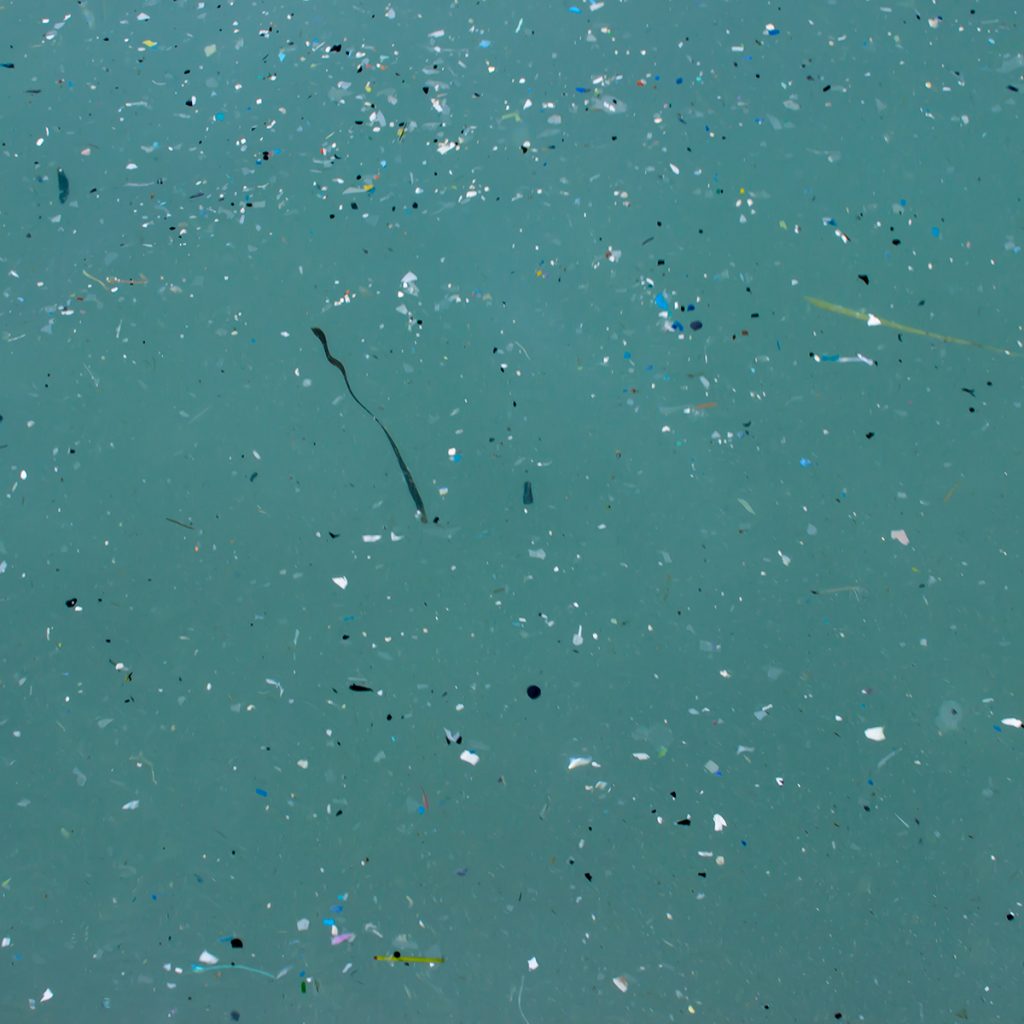
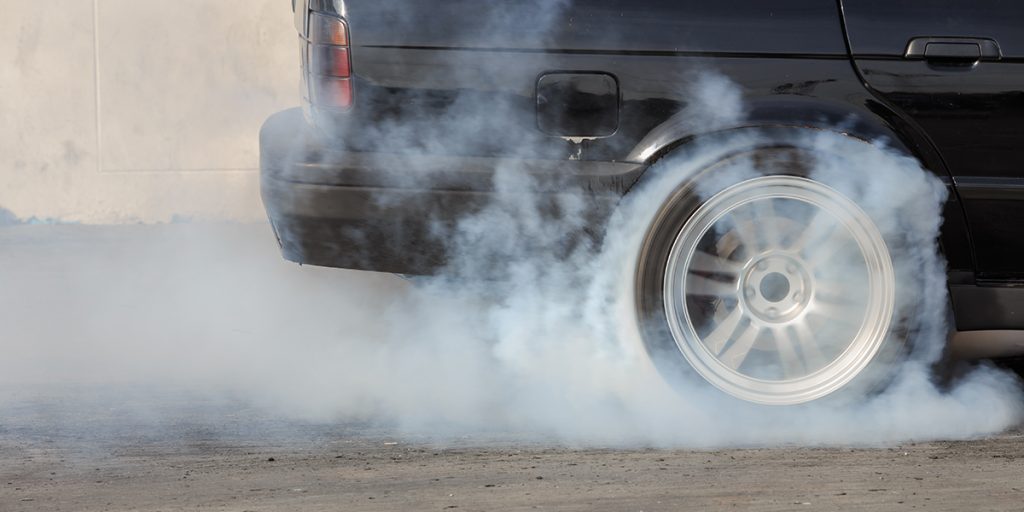
Hit the road without dirtying the seas
For The Tyre Collective, one of the problems to be solved is the pollution caused by tire degradation. The wheels, due to the friction they are subjected to during use, release rubber and plastic particles. These tiny pieces of waste are released throughout the useful life of the tires. A type of pollution that may appear insignificant but has a huge impact: according to the International Union for the Conservation of Nature, this is the second type of microplastic found in our oceans in greater quantities.
For this reason, the English startup, founded in tandem by the British Royal College of Art and Imperial College London, has set out to reduce the amount of waste from tires that ends up floating in the air. Their solution is a device specifically designed to capture rubber particles from wheels, before they end up in the air.
The solution would not be complete without giving new life to these particles
Ultimately, the idea behind The Tyre Collective’s project is not new. It is related to a device that has been used for years and whose purpose is also to prevent other sediments produced by wheels and tires from ending up where they should not; in this case, on the glass of the car behind us: the fenders.
This new device adds a novelty to the classic function of a fender (acting as a screen to prevent mud from flying): the design uses electrostatic plates that attract rubber particles. The English company’s invention, according to its own studies, is capable of trapping up to 20% of this waste.
And then what? The solution would not be complete without giving new life to these particles. To do this, The Tyre Collective proposes recycling it. This type of material has applications in 3D printing and can be used to make shoe soles, sound insulation and even sportswear items.
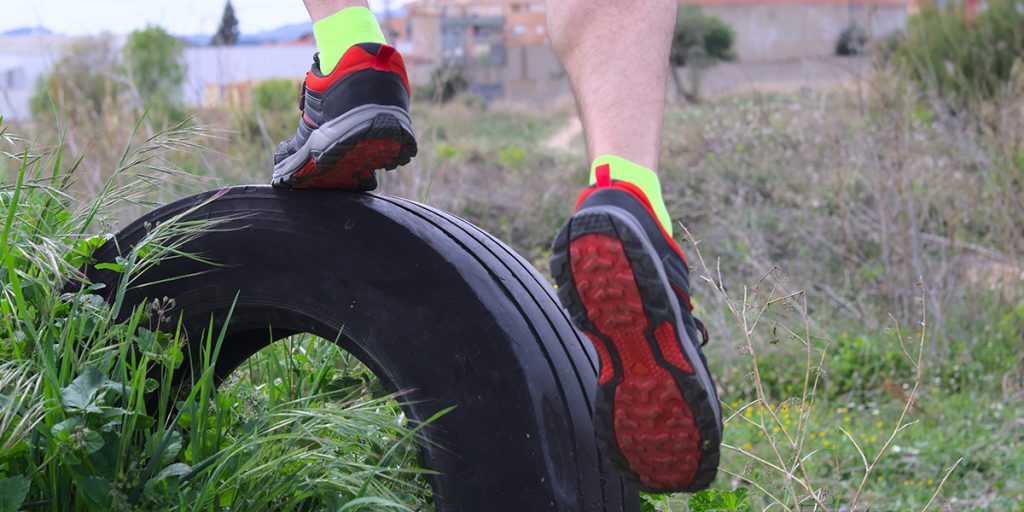
Optimize traffic to clean the air
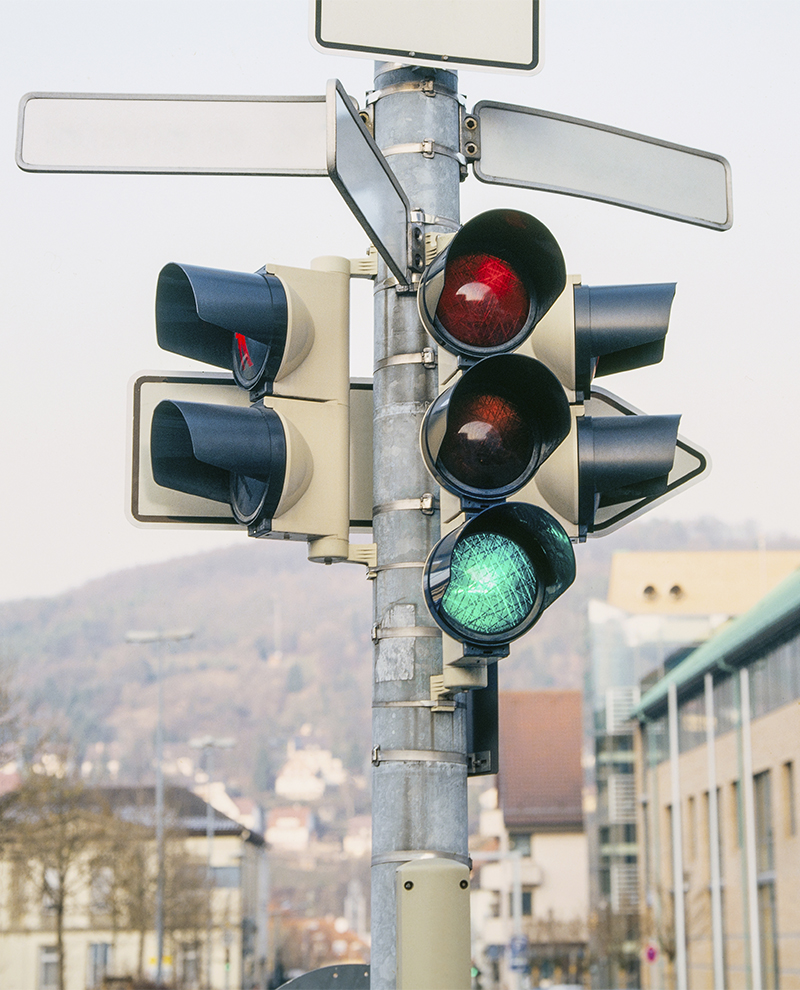
Another example of an innovative project that seeks to reduce pollution caused by vehicles is that of Professor Yu Yang’s team at Lehigh University in Pennsylvania. The approach of the American professor and his colleagues is different. For them, the fight against pollution has a social component and they resort to technology to find a solution.
The project has three steps. The first is to study the pollution patterns of a city using sensors to identify the most problematic areas and cross-reference them with information about the social characteristics of each area. In this way, interventions can be made taking into account the specific needs of each area. Thus, the project can prioritize, for example, the reduction of pollution present in the surroundings of a hospital that serves people with compromised respiratory systems. Or that which is recorded around a school.
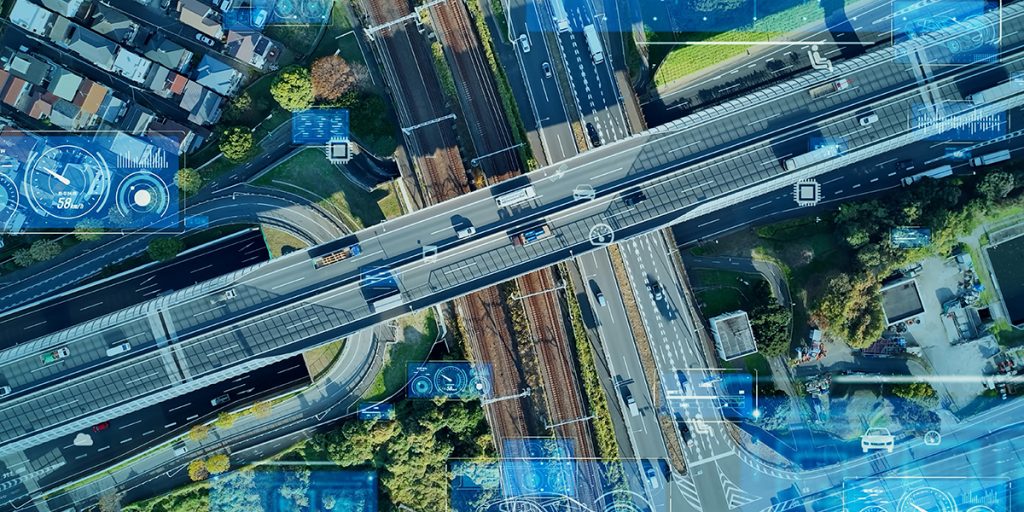
Using the data, Yang’s team designed an Artificial Intelligence model capable of identifying specific traffic areas and situations and relating them to pollution measurements. As a final step, the model will be able to include existing traffic signs in its analysis. Based on all this information, Yang’s model will carry out simulations to determine which combination of signals and traffic rules achieves the greatest reduction in pollution.
At Google they have already undertaken pilot projects with a similar approach. In October 2023, the technology giant announced that it wanted to use AI to optimize traffic with the ultimate goal of reducing pollution.
Google’s Green Light project takes a step in that direction. Using data from Google Maps and trained artificial intelligence models, Green Light analyzes travel patterns and offers suggestions to improve the efficiency of traffic regulation systems. To do this, it also analyzes intersections and spots where optimization actions would have a greater impact.